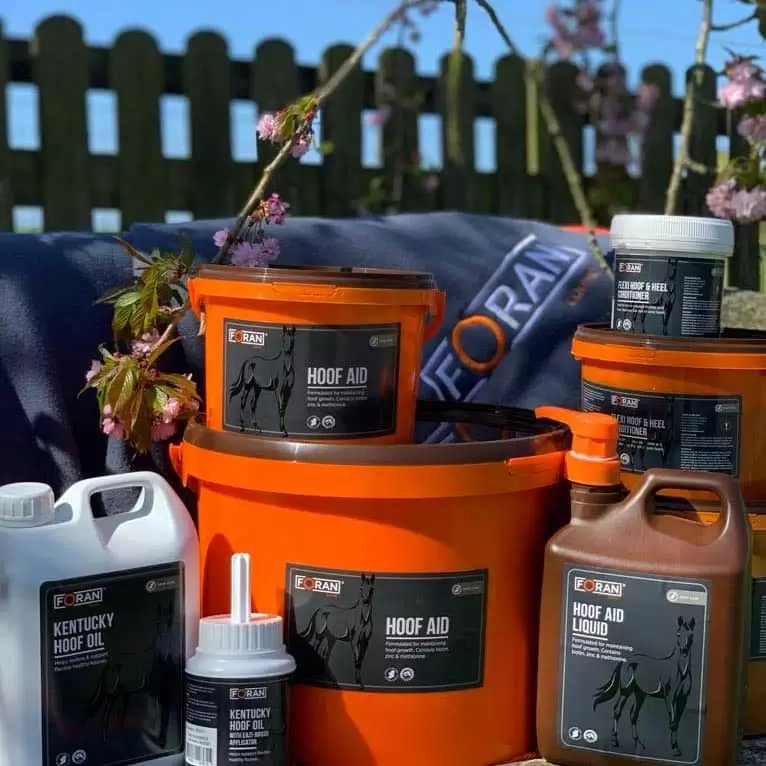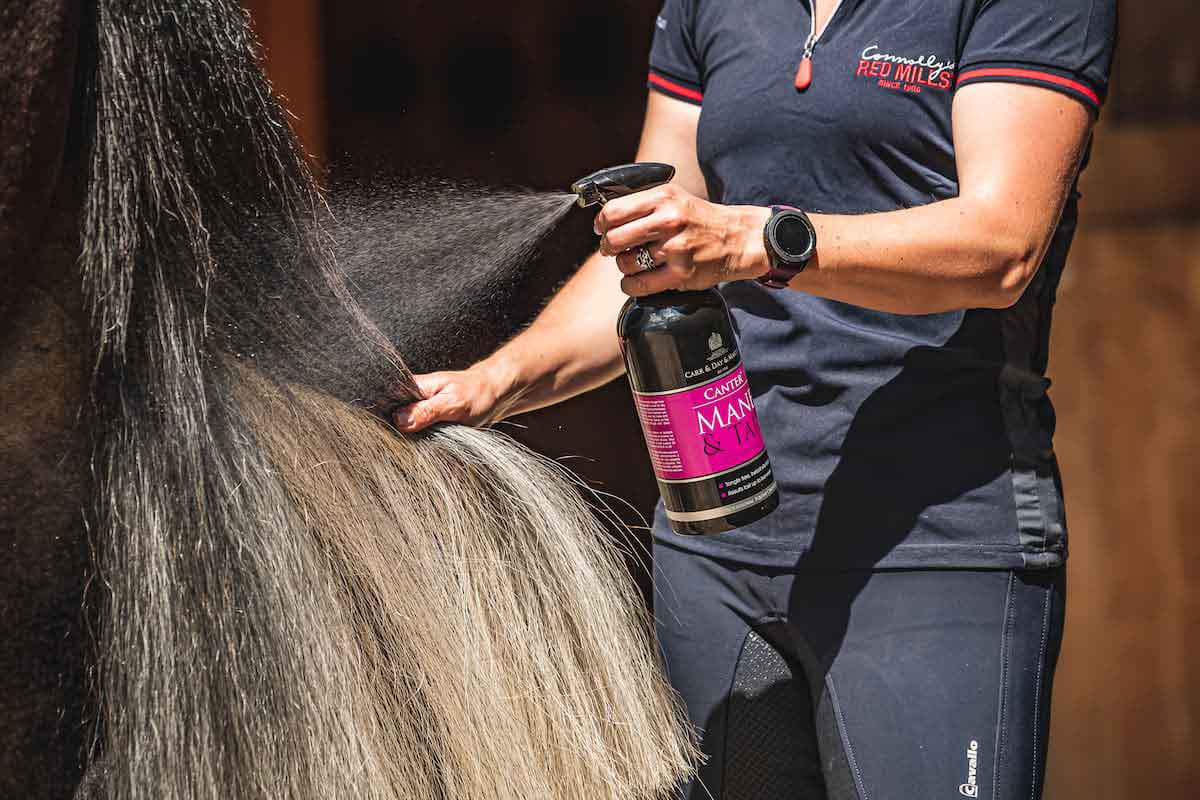Three key points to remember when feeding for competition

As most performance horses spend at least a proportion of their day stabled, it is important that the preserved forage fed (i.e. hay of haylage) is clean, free from dust and mould. Dusty or mouldy forage can cause respiratory issues, determinately affecting overall health and performance. Ideally, forage should be available ad-lib, but if restricted, should not be less than 1.5% of bodyweight on a dry matter basis. It is important to remember that haylage can have a much lower dry matter content than hay, so generally you will need to feed more of it in order to ensure optimal forage intake. When selecting the most suitable forage for your horse you should also consider how easily they maintain condition; a late cut hay may be more appropriate for a ‘good-doer’, whereas an early cut ryegrass haylage may better suit a horse prone to weight loss.
Balancing Act: As a horse’s workload increases their requirements for calories, quality protein and certain vitamins and minerals also increases. Failing to provide these essential nutrients can lead to problems such as lack of muscle development, poor coat and hoof quality and/or under performance.


By far the easiest way to ensure your horse receives a fully balanced diet is to choose a suitable ‘competition feed’ (e.g. Connolly’s RED MILLS Competition 10 or 12 Mix/ Cubes). When fed at the recommended amounts these feeds are formulated to meet the increased nutritional demands of horses in higher levels of work. However, for some horses a competition mix or cube, when fed according to the manufacturer’s instructions, may provide too many calories and cause them to gain excess weight. In these situations, the amount fed daily can be reduced according to condition, provided than a nutrient-dense balancer (e.g. Connolly’s RED MILLS PerformaCare Balance) is added to the ration to ‘top-up’ micronutrient intake.
BETA NOPS: If the horse is competing at a level where testing for prohibited substances is likely, then it is vital that riders look for feed manufacturers registered and accredited under the BETA NOPS (Naturally Occurring Prohibited Substances) This indicates that the manufacturers comply with extremely stringent guidelines to try and ensure that there has been no contamination from NOPS.








